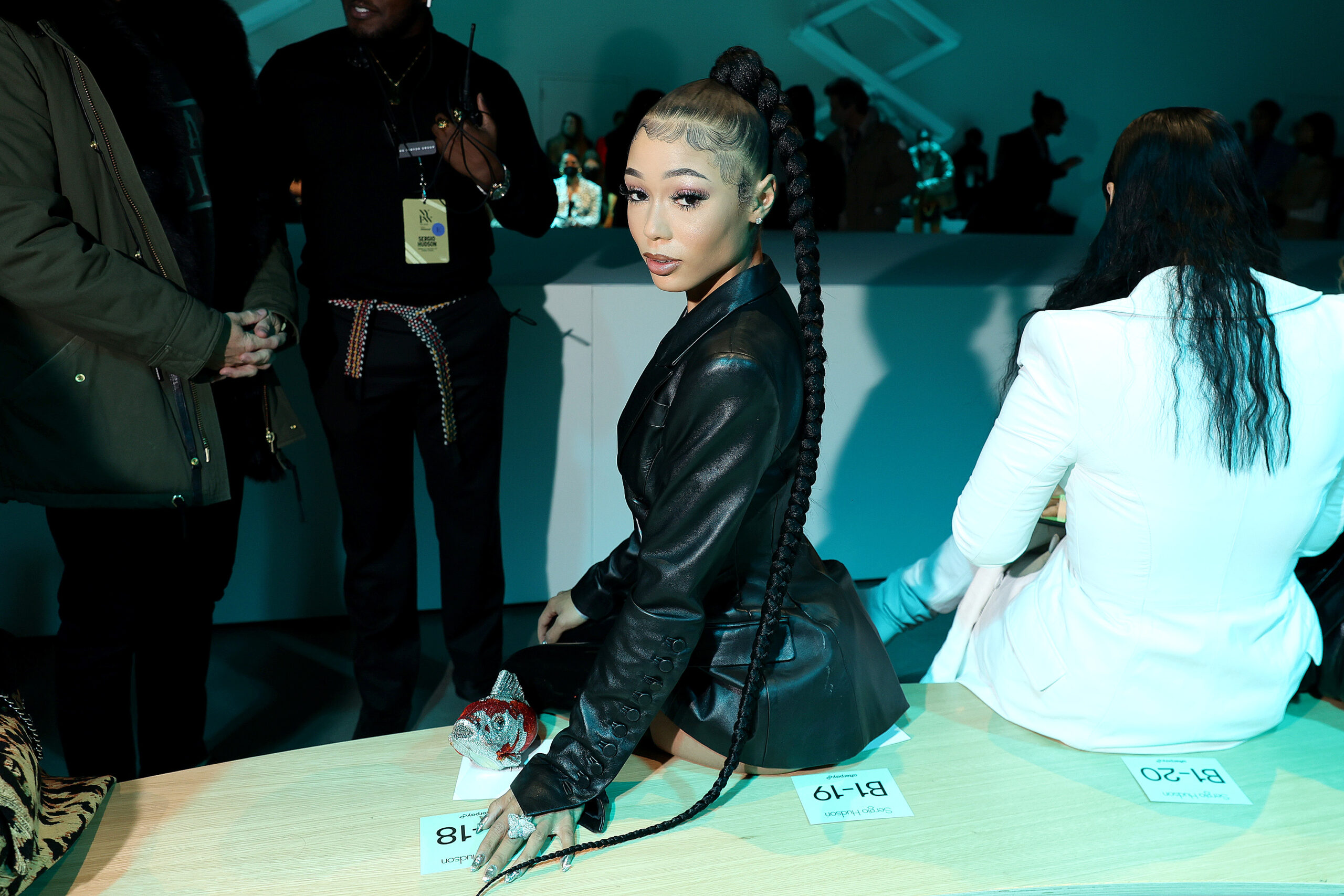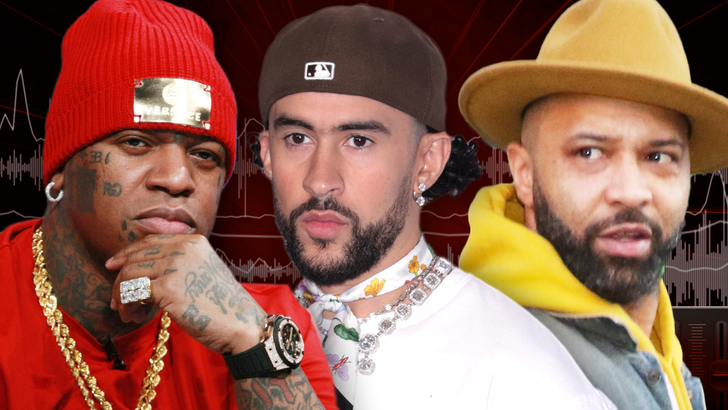The 578-page indictment prepared by the Istanbul Chief Public Prosecutor’s Office provides an in-depth examination of the structure and activities of the criminal organization led by Barış Boyun. The indictment names 305 individuals as suspects and delves into how they became involved in the gang’s operations. The primary goal of this criminal organization, according to the document, is to become the largest gang in Turkey. Detailed information is provided regarding the hierarchy within the gang, its leadership structures, and its decision-making processes.
The indictment also describes how the gang deals with opposition using certain strategies and methods. Examples are given of how groups opposing the gang were suppressed, and the steps taken to neutralize them. The document explains how the gang specifically targeted young individuals, employing various tactics to mobilize them and recruit them into the group. In particular, it highlights the psychological strategies used to attract young people through social media campaigns and street events.
Ultimately, the indictment paints a comprehensive picture of the influence of Barış Boyun and his criminal organization on Turkey’s broader crime landscape. The leader’s role and the internal dynamics of the gang are considered crucial in the broader context of combating organized crime in Turkey.
Barış Boyun’s Role within the Gang
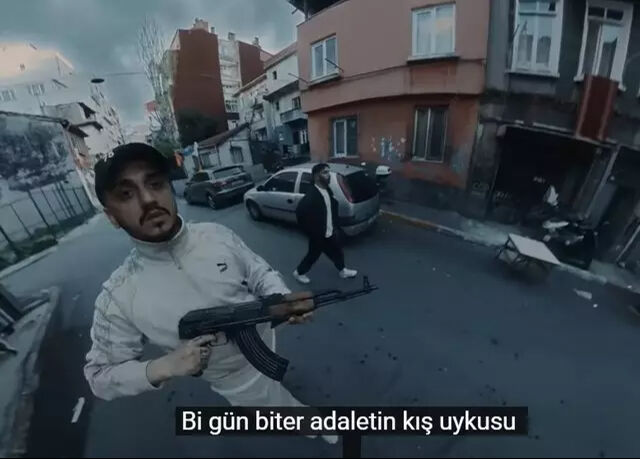
While imprisoned in Italy, Barış Boyun continued to play a significant leadership role in his criminal organization, according to the indictment. It is revealed that Boyun managed the gang remotely, utilizing social media platforms effectively. This long-distance control was made possible by modern communication technologies, and young people formed a substantial part of Boyun’s target audience.
The indictment indicates that through social media, Boyun strengthened his influence over the gang and recruited several young individuals. His letters and online communications are cited as key tools through which he issued directives regarding the gang’s internal operations. This showcases how organizational structures can be maintained via online platforms and personal interactions.
Although Boyun’s imprisonment altered the gang’s dynamics, the continued leadership role he played through written and digital communications highlights how he maintained his influence. This communication not only helped create a managerial structure but also fostered a sense of loyalty among the gang’s members, allowing it to serve a larger audience.
Heijan and Muti’s Roles and the Allegations
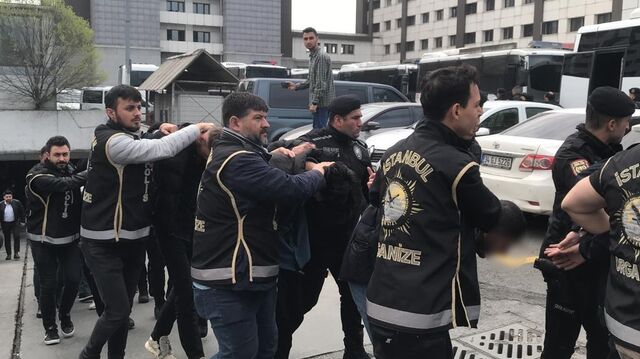
Famous rappers Heijan (Doğan Tarda) and Muti (Muhammet Nedim Doğan) have recently been linked to the criminal organization led by Barış Boyun. The indictment contains several allegations that these two artists participated in the organization’s activities and acted in line with its objectives. It is claimed that the content created by Heijan and Muti throughout their musical careers promoted violence and criminal behavior.
A particularly concerning aspect of their work is the presence of firearms in their music videos, which, beyond being a visual element, are believed to promote a culture of violence within society. The indictment details the roles that Heijan and Muti played in creating violent content, allegedly under the directives of Barış Boyun. This brings into question how rap music has been used as a medium to spread messages of crime and violence.
The influence that Heijan and Muti’s music has had on public perception of the gang is also a subject of interest. Their fan base’s adoption of a certain lifestyle through their music could potentially strengthen the gang’s structure. This raises ethical concerns about the societal responsibility of artists and the impact of their messages.
The Gang’s Operations and Societal Impact

Gangs have become an integral part of societal dynamics, particularly among the youth. The gang in question is thought to have emerged in connection with the rap music scene, a trend that has contributed to rising crime rates among young people. The gang’s operations involve targeting vulnerable youth and drawing them into its sphere of influence. Socioeconomic struggles and social exclusion are significant factors that push young individuals toward criminal organizations.
These gangs often present themselves as role models, offering power and prestige to young people, thereby facilitating their involvement in criminal activities. In addition, criminal organizations manipulate and psychologically influence their members, driving them deeper into crime. As young people begin to identify themselves in relation to these gangs, societal perceptions shift.
This leads to the stigmatization of gang-affiliated individuals within their communities. This stigma often results in social isolation and limited opportunities for these individuals to shape their futures. Moreover, the presence of criminal organizations can be seen as a direct challenge to social norms, contributing to the breakdown of societal order and fostering complex social issues for young people. The long-term impact of gangs extends beyond individual lives, potentially reshaping broader societal structures. Therefore, developing strategies to combat such criminal organizations is crucial for protecting vulnerable youth from these detrimental influences.

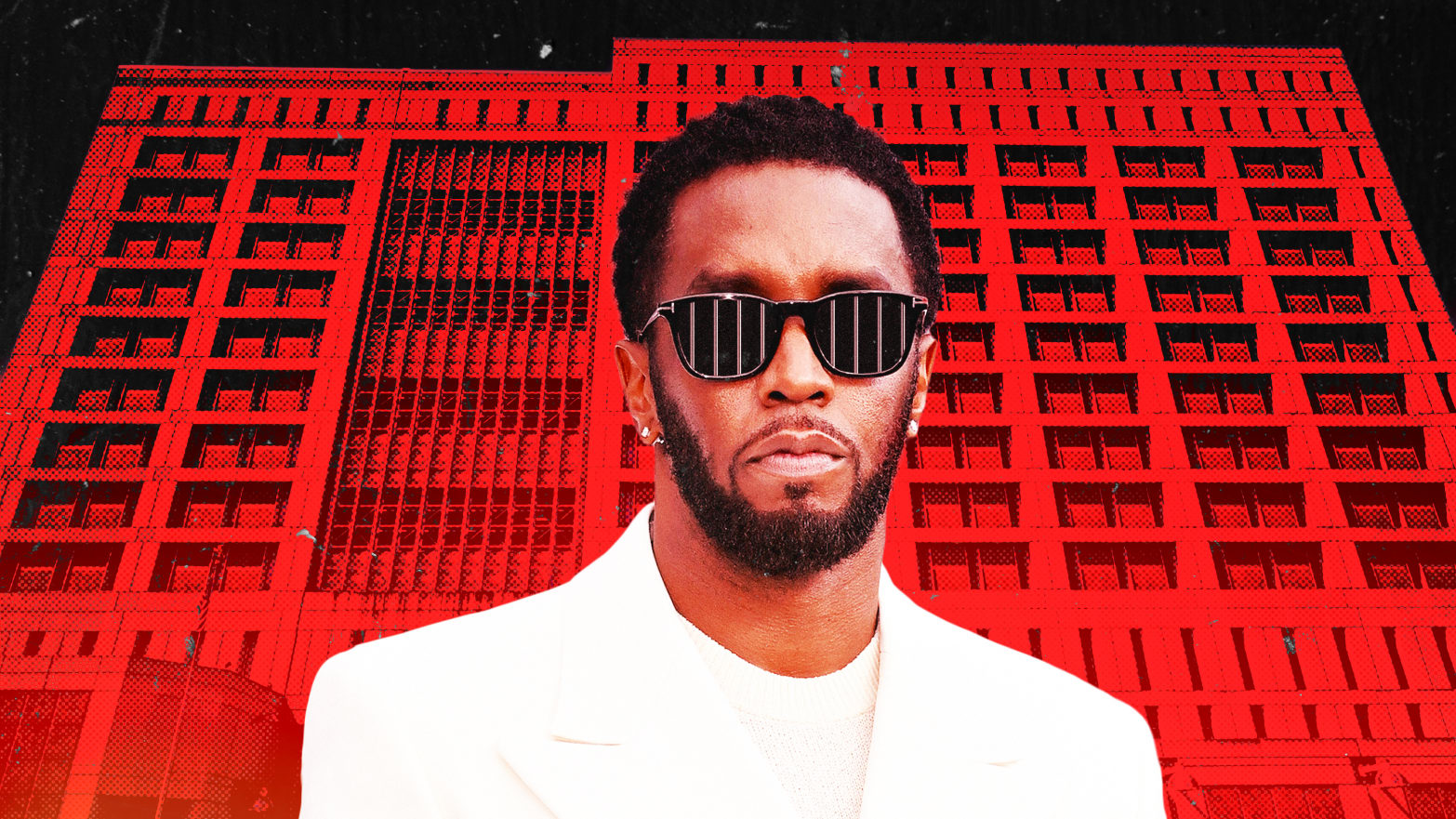

/bnn/media/media_files/51f6df16a8dad9701f81ab8b32e54f749f196b61c4df73f9c235b252d28d3b01.jpg)


